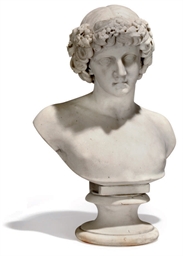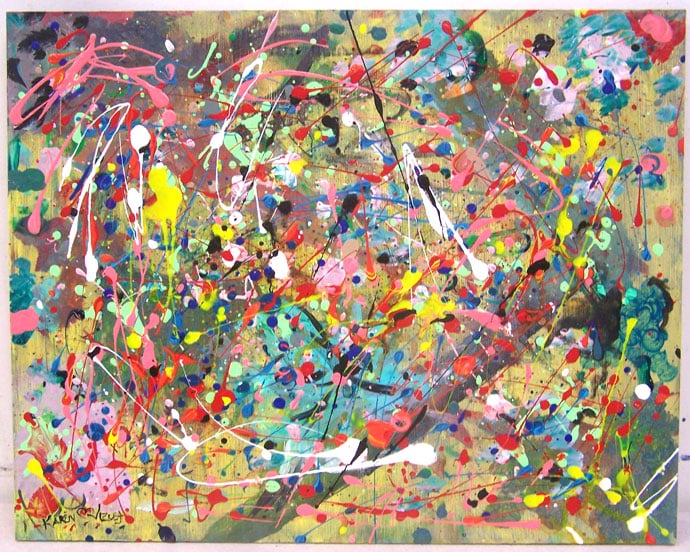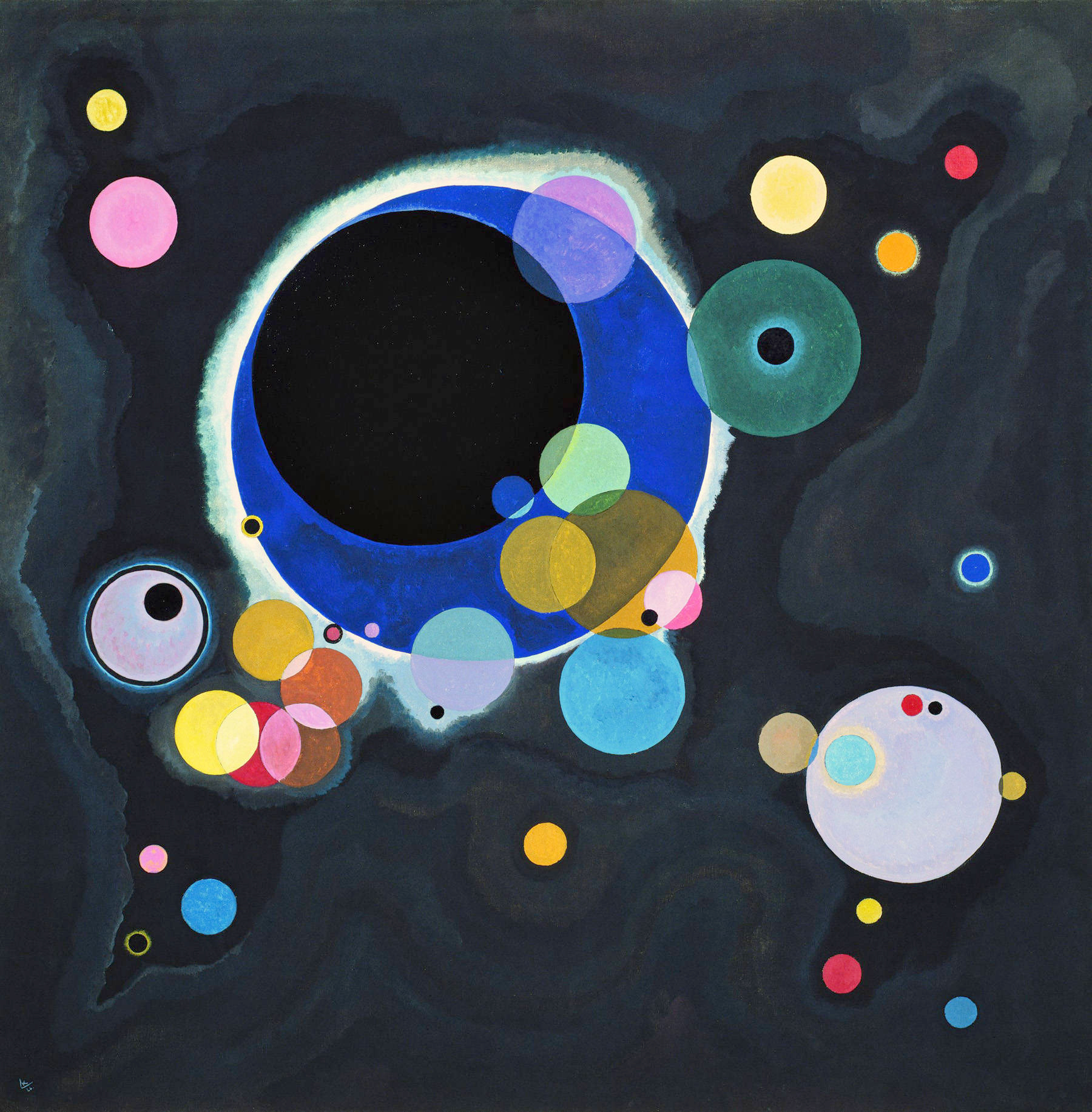 |
| A bust of Apollo, The Sun God |
 |
| A bust of Dionysus, The Party God |
In professor Vesna’s lecture, she discusses consciousness
and unconsciousness. The Freudian concept of unconscious primal desires (often
surfacing in dreams) reminds me of Nietzsche’s Kunsttriebe, or
“artistic
impulses”, the Apollonian and Dionysian. Based on their synonymous Greek gods,
these are the two sides of out personality, as well as the basis of Greek
drama. The Apollonian is the light, the controlled, and the moderated. The
Dionysian is the destructive, the passionate, the free, and the excessive. There
is debate among philosophers over which is the side that we should embrace, but
to me it seems like Apollonian forces control our individual minds, while
Dionysian forces control the group mind.  |
| The cognitive areas that Lumosity claims to train |
I was further intrigued by Frazzeto and Anker’s discussion
of how neuroscience has permeated various aspects of our society and created a “neuroculture”.
The authors mention Nintendo’s Brain Age, but currently there is an even more
widespread educational game that promises to “train” your brain. The phone
application, Lumosity, was launched in 2007, surpassed 50 million users in 2013,
and has continued to grow since. The app consists of 40 mini-games that focus
on different mental skills and are tailored to the user’s strengths and
weaknesses. Through the Human Cognition Project, Lumosity has been used to
study education practices as well as various diseases. 1
 |
| Brainbow |
The last thing to truly interest me was the “brainbows.” I
don’t really care about the science behind them. I just enjoy looking at them.
I immediately paused the lecture and spent about 15 minutes just looking at
various photos. They remind me of Jackson Pollock with Vassily Kandinsky’s
colors.
 |
| Pollock |
 |
| Kandinsky |
___
1 "Completed Research behind Lumosity."
The Human Cognition Project. Web. 15 May 2015. <http://www.lumosity.com/hcp/research/completed>.
___
"Brainbow." Center for Brain Science. Harvard.
Web. 15 May 2015.
Frazzetto, Giovanni, & Anker, Suzanne.
"Neuroculture." Nature Reviews : Neuroscience 10 (2009): 815-21.
Print.
"Lumosity." Wikipedia. Wikimedia Foundation. Web.
15 May 2015.
"The Birth of Tragedy." SparkNotes. SparkNotes.
Web. 15 May 2015.
Taylor, Nancy. "Apollonian vs. Dionysian Lecture."
California State University, Northridge. Web. 15 May 2015.
Vesna,Victoria. “Lecture Part 2: Unconscious Mind and Dreams.”
Neuroscience+Art. 15 May, 2015. Lecture.













